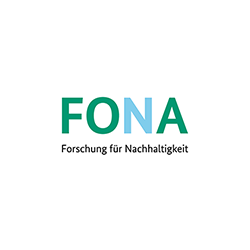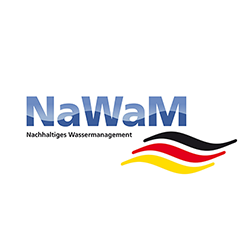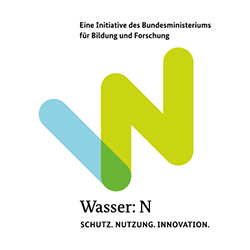Water-Reuse in Industrieparks
Water reuse in industrial parks
Background:
Today, industrial production plants are mainly located in industrial parks around the world for reasons of spatial compatibility and to ensure supply and disposal. The establishment of various industrial production plants at one location opens up design options for saving resources and energy by sharing, recycling or exchanging material flows. In this way, materials that are regarded as waste in one company can become production raw materials in another company. However, this requires specific processing technologies.
Aims:
The aim of the research project "Water-Reuse in Industrial Parks (WaReIp)" is to treat wastewater produced in an industrial park (production, sanitary and kitchen wastewater) for use in other production plants via cascade-like treatment stages in order to meet the external demand for drinking water and groundwater as well as the costs of the plant operator for water supply and wastewater treatment.
Focus of the work:
After a systematic analysis of the qualitative and quantitative supply of wastewater as well as the demand for service water in typical production plants (here focusing on the chemical-pharmaceutical industry), new solutions for wastewater treatment are being developed. Furthermore, already accepted technologies with regard to their use in the context of an optimized material flow management are being recorded, described and combined with each other. Aim is to achieve a high degree of utilization with the lowest possible expenditure of resources and costs. A suitable pipeline network with a monitoring network is being developed, as well as various evaluation systems for the selection of the best possible treatment technology in each individual case are being tested. Furthermore, socio-technical aspects of the operational framework as well as the transferability to other industrial locations/types are examined.
The implementation of the concept idea described above is realized in over 5 project phases in 15 interlinked sub-projects and is designed for a period of 3 years.
12/2019: Results and perspectives for practice



